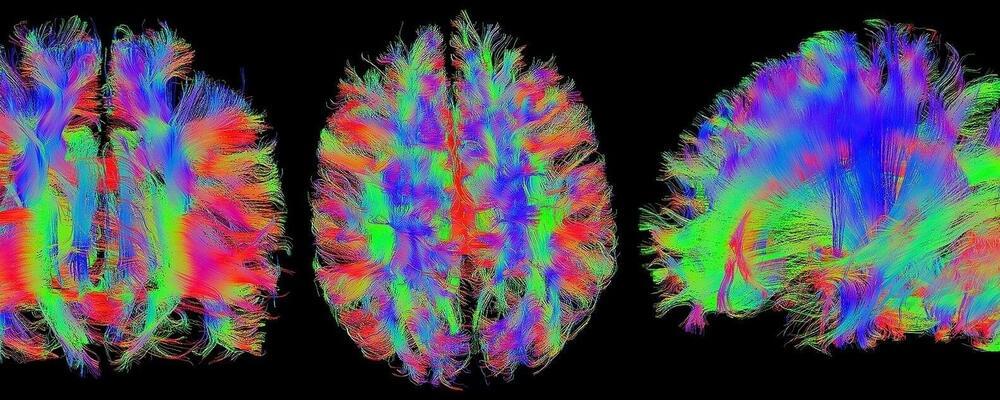Science is examining the brain’s neural activity for applications ranging from innovative therapies for brain-related injuries and disease to computational learning architectures for artificial intelligence and deep neural networks.
A research team has developed a tool that lets researchers see more of a live mouse’s brain, to make discoveries that can advance research into the neural circuit mechanisms that form the underlying behavior of the human brain. The tool overcomes the drawback of traditional brain probes—the small amount of tissue they can access, which limits their ability to image neurons of interest.
The innovation is to insert an imaging probe with side-viewing capabilities into a previously inserted optically matched channel—an ultrathin-wall glass capillary—to convert deep brain imaging into endoscopic imaging. The operator can freely rotate the probe to image different brain regions, getting a 360-degree view for imaging along the entire length of the inserted probe. This large-volume imaging enables an increase of about 1,000 times in tissue access volume, compared with what is available for imaging at the tip of typical miniature imaging probes.
